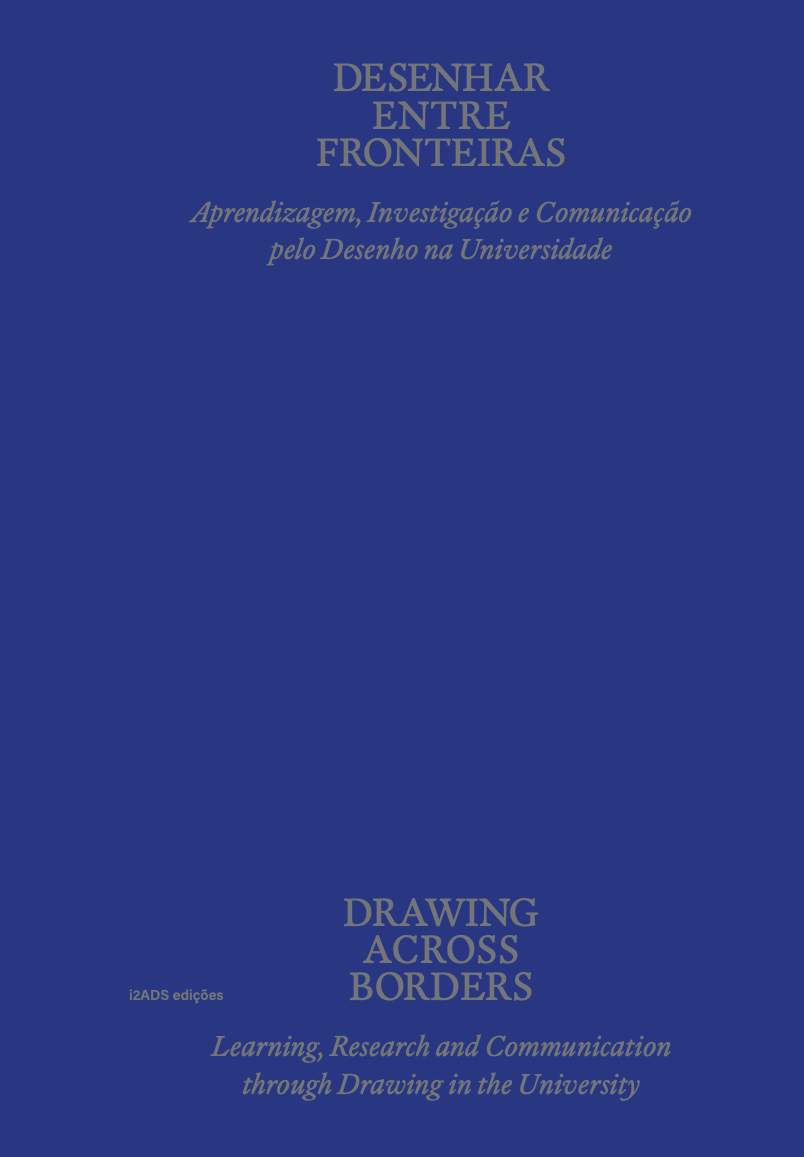
book
Drawing across Borders: Learning, Research and Communication through Drawing in the University
This book is the outcome of the work carried out in the first year of a research project led by artists, drawing professors and researchers at the University of Porto. Aware of the transversal role of drawing as “language”, as a design tool and as a speculative means for visualising what runs through the mind, we aim to study the modes and meanings of drawing (in its broadest sense) in the ways it is being used across STEM areas within the University of Porto.
- Edição
- Mário Bismarck, Paulo Luís Almeida, Sílvia Simões, Vítor Silva
- Ano
- 2023
- isbn | issn
- 978-989-9049-38-3
- doi
- https://doi.org/10.34626/978-989-9049-38-3
“To think is to speculate with images.”
Giordano Bruno
The role of images and their uses across sciences is increasingly unquestionable. As this topic is receiving growing attention from science, philosophy of science, image studies and educational sciences, how can we address the various and diversified modalities of usage, forms, purposes and fields that drawing (as a specific and transversal category of image) acquires within the University, either as a basis for peer communication, a direct and effective “language” of pedagogical interaction, or as the means to clarify what is complex and visualise what is not visible?
This research plan raises and proposes a successive and infinite series of initial questions: does drawing exist at the University of Porto? Is it being used across its faculties, departments and research centres? What drawing typologies are used (schemes, annotations, illustrations, etc.)? Who draws? What do they draw? How do they draw? Why do they draw? Which purposes are addressed? Does one learn better through drawing? What kind of awareness, knowledge or insights does someone who draws have regarding the activity of drawing? Can drawing be replaced? How can artists who draw participate in the interweaving of these problems?
These questions led us to move forward with the research project DRAWinU – Drawing across University Borders: Learning, Researching and Communicating through Drawing in University.
Retrieved from Introduction
Mário Bismarck, Paulo Luís Almeida, Sílvia Simões, Vítor Silva
2023